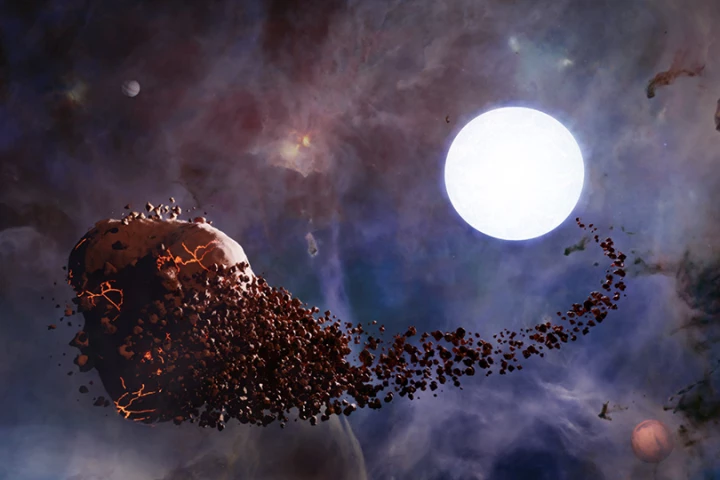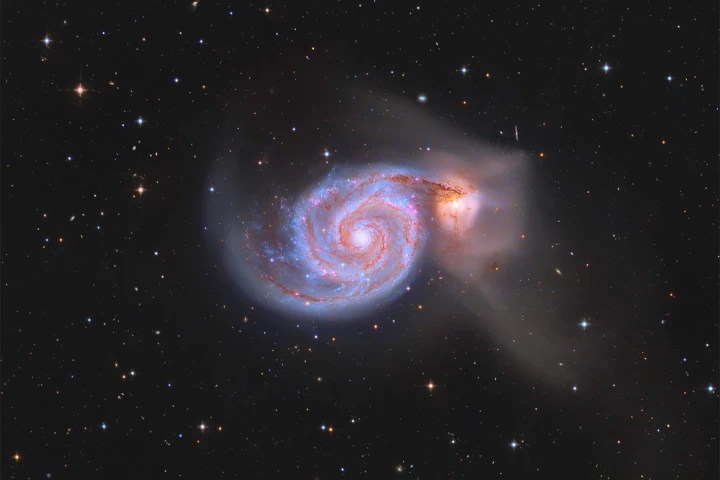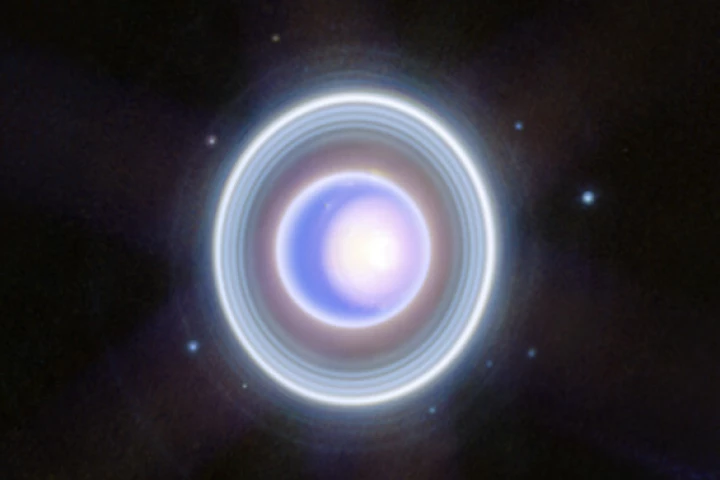Planet
-
If you've been wondering how long the day on Uranus is, you probably need to get out more. But if you have, you'll be interested to know that observations by the Hubble Space Telescope have shown that it's 28 seconds longer than previously thought.
-
Finding alien life won’t be a flying saucer landing at the White House – NASA scientists will hold a press conference to excitedly show off a chart that’s incomprehensible to most people. Now we’re a step closer to that boring but groundbreaking day.
-
Astronomers have detected mysterious X-ray signals coming from a nearby white dwarf star for more than 40 years. We may now know where they’re coming from – the death throes of a planet being torn to shreds and raining down on the star.
-
Astronomers have discovered an exoplanet with a tail, like a gigantic comet. The planet, known as WASP-69b, is slowly evaporating in the radiation of its host star.
-
Saturn’s rings are iconic, but new evidence presented by researchers from Monash University suggests Earth might once have sported one of its own. This ring would likely have caused climate chaos on the surface.
-
Few photography subjects offer the breadth of beauty as astronomy, and the Royal Observatory Greenwich’s annual Astronomy Photographer of the Year awards celebrate that. The winners for 2024 have now been crowned, including breathtaking cosmic shots.
-
Our solar system might still bear the scars from an extremely close shave with an alien star. Such an encounter – the closest pass we know of – would have shaken up objects on the outskirts and might even mean there’s no Planet Nine after all.
-
The official definition of a “planet” could be set to change again soon. Last time that happened, Pluto was kicked out of the club, but the new proposed definition is designed to be more inclusive.
-
Scientists have discovered the potential existence of a bizarre new molecule related to water. Dubbed “aquodiium,” this ion could form under extreme conditions and may explain some of the weirdness of our solar system’s ice giant planets.
-
Data from NASA's Juno Jupiter orbiter suggests that the Jovian moon Europa produces about 26 lb/s (12 kg/s) of oxygen or almost 100 times less than previously estimated. This changes the probability of life being found in the moon's subterranean ocean.
-
Flat-Earthers might have been right all along – they were just a few billion years late. Scientists at the University of Central Lancashire have found that newly formed planets might take on a flatter shape, before rounding out.
-
Hubble has helped astronomers measure changes in the weather on an exoplanet. Forecasts for the planet Tylos predict a gigantic hurricane today with a top of over 3,000 °F (1,650 °C), followed by a strong chance of showers of molten iron tonight.
Load More











